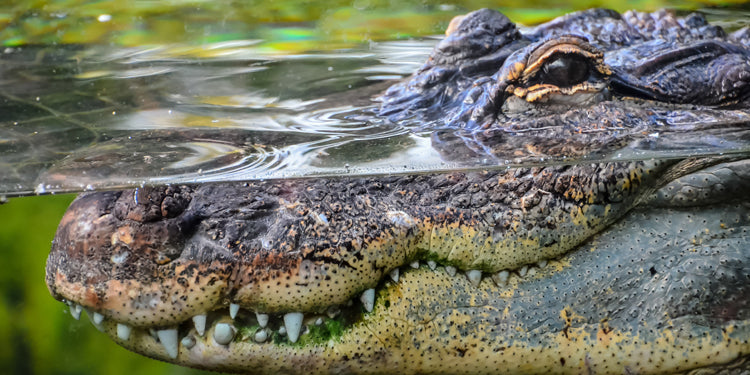
Today's guest blogger is Susan Weaver Jones, an elementary educator from Orlando, Florida, who currently works as an ESL teacher in Knoxville, Tennessee. She has taught students in kindergarten through eighth grade as a Classroom Teacher, Reading Specialist, Reading Recovery Teacher, and Literacy Coach. She is also the author of three leveled readers in Hameray's Kaleidoscope Collection .
Teaching primary students how to read informational text is one thing. Teaching them how to write is definitely something else! Then consider the challenge of working with intermediate students who struggle with writing or who are reluctant writers. What's a teacher to do?
With increasing emphasis on incorporating more expository text into literacy instruction, teachers may wonder how to best foster informational writing. Cinquain poems are one way to effectively link informational writing with description found in both narrative and expository writing.
Because cinquain poems do not rhyme and contain limited text within a specific format, they often appeal to students who prefer tasks with less writing. Cinquain poems are five-line poems that utilize different parts of speech, beginning with nouns. Though several variations exist, one version uses the following format. ( Please see the reproducible cinquain template below. )
Noun
Adjective Adjective
Verb with -ing Verb with -ing Verb with -ing
Descriptive phrase or short sentence
Synonym for noun
For primary students who are not accustomed to using factual sources beyond themselves, the selection of nouns, adjectives, and verbs for the poems requires them to select keywords that capture essential aspects of the subjects. Informational texts, such as Puffin by Lee Waters in the Zoozoo Arctic Animal World Collection , can provide important information about unfamiliar topics when students lack sufficient background knowledge and need additional resources.
Consider this cinquain, based on the text and talking points in the early reader, Puffin .
Puffin
Colorful Hungry
Flapping Flying Swimming
Likes to paddle in the water
Sea parrot
Initially, teachers can model the process of writing cinquain poems by using topics with which the students are familiar. Familiar topics allow students to use their collective background knowledge as they experience the line-by-line creation of group cinquains. Later, students can experiment with less familiar topics once they have appropriate resources from which to gather needed information, as well as experience with the cinquain format.
Here is a cinquain based on another bird, the bald eagle. Most primary students probably know more about eagles than puffins, so books, such as Bald Eagle by Lee Waters from the Zoozoo Forest Animal World Collection , can add to their knowledge. The text and talking points at the back of the book provide needed information.
Bald eagle
Fast Light
Soaring Grabbing Eating
Builds big nests
National bird
Cinquain poems are stand-alone, end products that can be illustrated and shared. However, they also provide students with key concepts that can become the basis for informational paragraphs. Read the following paragraph, which is based on details about bald eagles from the cinquain.
A bald eagle is a bird. It flies very fast. It is light, not heavy.
It soars in the air and grabs fish to eat. It can build a really big nest.
The bald eagle is the national bird for the U.S.A.
Here is another example of an informational paragraph written from the key concepts used in the cinquain about puffins.
Puffins are birds with colorful beaks and legs. They like
to swim in the ocean. They can catch 10 fish at one time. When
they paddle, they look like they're flying in the water. Some people
call them "sea parrots."
Teacher-led discussions about key concepts access students' background information from their own experiences and other resources. Those discussions are crucial for students, so they can verbalize different possibilities for the cinquain and the paragraphs, prior to recording their chosen information. In the paragraphs, the students can elaborate upon the key concepts.
Students can enjoy writing cinquain poems as they focus on informational text. Then they can learn how to expand their writing into sentences and paragraphs by using the cinquain poems as basis for discussion prior to further composing. Because the cinquains help students transition from outside sources to their own written expression, they are less likely to plagiarize source materials. Students can creatively demonstrate what they have learned about informational topics through poetry and expository writing. Happy writing!
To download Susan's activity, or an information sheet with key features about the series Zoozoo Animal World , which contain the books mentioned in this post, click the images below.
















































![6 Fun and Easy Activities to Practice Sequencing [Grades K-1]](http://www.hameraypublishing.com/cdn/shop/articles/Red_Typographic_Announcement_Twitter_Post-5_bf1ae163-a998-4503-aa03-555b038d1b76_600x.png?v=1689961568)
![Leveraging Prior Knowledge Before Writing and Reading Practice [Grades 1–2]](http://www.hameraypublishing.com/cdn/shop/articles/Red_Typographic_Announcement_Twitter_Post-4_600x.png?v=1689961965)




